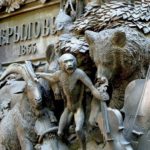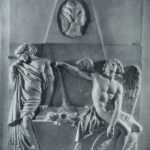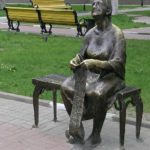Monument to the pioneer printer Ivan Fedorov
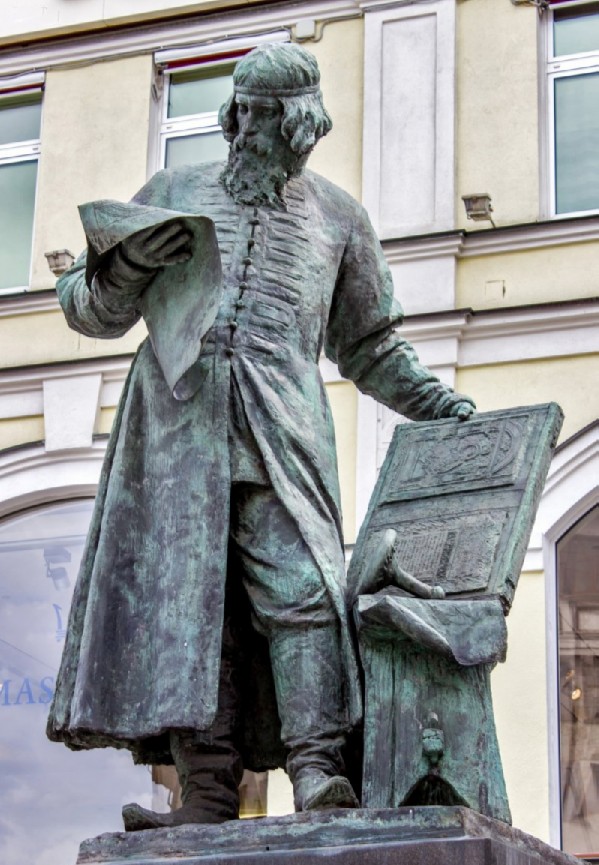
On October 12, 1909, a bronze monument to the pioneer printer Ivan Fedorov (1510-1583) was unveiled in Moscow.
It was created by the architect Ivan Mashkov according to the project of the teacher of the Moscow School of Painting, Sculpture and Architecture Sergei Volnukhin artist, sculptor, one of the founders of symbolism and modernity in Russian plastic arts.
The idea of perpetuating the memory of the great master was born in the circles of the Moscow Archaeological Society as early as 1870. It was then that, at the initiative of the scientist Alexei Uvarov, an all-Russian subscription was opened. Printing workers, in particular, also took part in it.
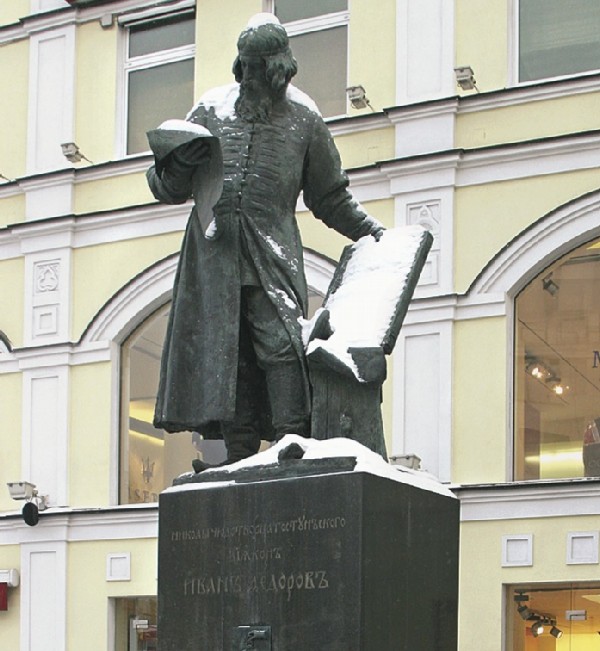
Fundraising continued for 39 years. By the beginning of the 20th century, the total amount of money collected was more than 29 thousand rubles. However, the competition of projects was not successful; the commission did not accept any, the construction was postponed.
In a new competition in 1901, whose jury included the historian Vasily Klyuchevsky and the artist Apollinary Vasnetsov, Volnukhin’s project won.
Sergei Volnukhin worked on the monument to the pioneer printer Ivan Fedorov for about two years.
Therefore, the first printer is depicted with a freshly printed impression of this book in his right hand, with his left hand he supports the printing board. Nearby, on a bench, lies a matzah (a leather pad on the handle for stuffing paint onto a set).
Researchers decipher these stylized images as a river bend (according to the ancient saying “books are the essence of the rivers that fill the universe”) and a square, a tool used to type letters. However, Ivan Fedorov began to use such a sign to designate his publications later, having already settled in Lvov; after the Moscow printing house was burned down in 1565, Ivan Fedorov, together with his assistant Peter Mstislavets, were forced to flee from Moscow.
On the reverse side of the pedestal are engraved the words of Ivan Fedorov from the afterword to the book he published: “The first to start printing holy books in Moscow” and the motto of the first printer: “For the sake of my brethren and my neighbors.”

History has not preserved for us a single drawing, portrait or description of Ivan Fedorov’s appearance.
The historian Ivan Zabelin helped the sculptor to plunge into the era, and the medieval costume was taken from the collection of the artist Sergei Ivanov. Despite belonging to the clergy, Ivan Fedorov is presented in secular clothes and with a strap intercepting his hair (a detail indicating belonging to artisans). This is due to the fact that in the 16th century, many representatives of the lower clergy were forced to engage in crafts so as not to fall into poverty. The board and matzah at that time were still preserved in the Moscow Synodal Printing House.
They wanted to install a monument on Theater Square, which the city authorities refused, under the pretext that “it is not possible to clutter up the square with structures.” As a result, it was decided to install the sculpture near Tretyakovskiy Proyezd, on the spot where the Sovereign’s printing house was located in the 16th century, next to the Kitaigorod wall. From time immemorial, the nearby Nikolskaya street was called by the people “book street”.
Honoring the memory of Ivan Fedorov on the opening day of the monument was marked by numerous events throughout Moscow. The townspeople showed great interest in the event and took the most active part in the celebrations.
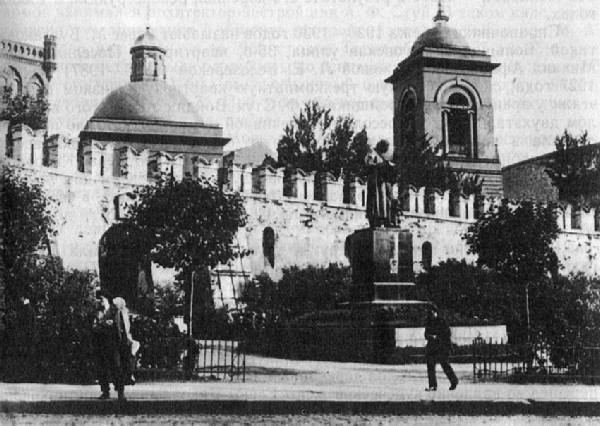
The location of the monument to the pioneer printer has changed several times.
The first time it was moved deeper into the street in 1934, during the expansion of the Theater passage and the demolition of the Kitaigorod wall.
In the 1990s, during the construction of the Nautilus shopping complex, it was moved closer to the Metropol Hotel.
Now this place is built up with boutiques and representative offices of branded companies.
